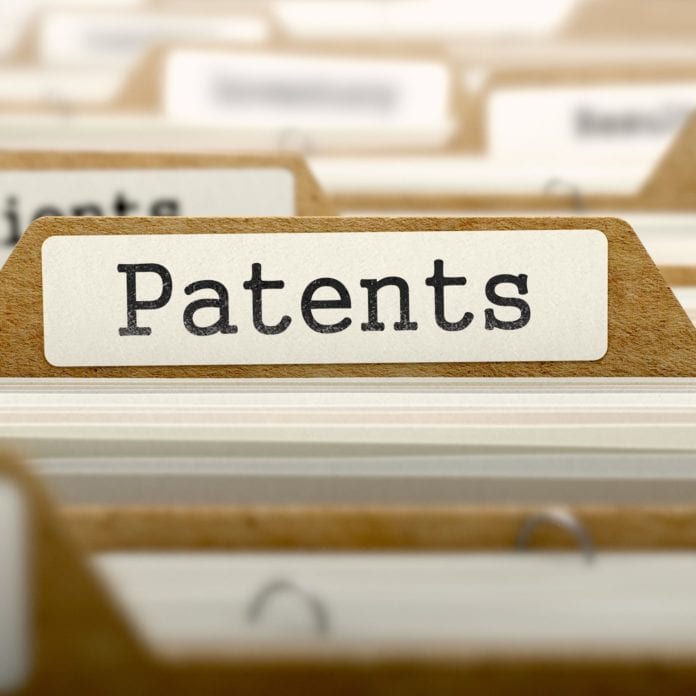All you need to know about the face off at the District Court in San Diego; infringement claims on patents that improve battery-life, and cost of smartphones under scrutiny
The two-year-old thriller between the Smartphone behemoths continues on a global scale. One of the many trials is starting on March 4th, 2019 in a District Court in San Diego, CA, in which, the plaintiff Qualcomm is claiming that defendant Apple is infringing on three of its patents. Two of these overlap with the case that Qualcomm tried against Apple at the U.S. International Trade Commission (ITC) last summer. Qualcomm prevailed in one of them, and as a result, has asked for a ban on the import of iPhone models 7, 8, and X that use Intel cellular modems. ITC’s final decision on the ban is still pending and is expected to finalized on March 26, 2019.
Then the question arises, why are the same claims being tried again in a federal court? Well, ITC only decides whether infringement warrants an import ban or not. It doesn’t provide any other financial or other remedies for the plaintiff. And this trial is to exactly accomplish that. Although the compensation involved is not likely that significant (could be 10’s millions of dollars), in my view, Qualcomm’s motivation is more to assert its Intellectual Property (IP) prowess and debunk Apple’s claims about the expanse and value of its IP portfolio.
Patents being litigated:
US Patent # 9,535,490 – This patent defines an innovative mechanism to minimize the power consumption of high-speed data-bus connecting the modem and the Application Processor (AP) in mobile devices. This mechanism optimized the data transfer in such a way that the bus is in sleep-mode more often, and switches between the “ON” and “OFF” states less often. This significantly minimizes the power consumption of the data-bus, thereby increasing the battery-life of the device. We all know how important battery-life is for our smartphones.
ITC has ruled that this is a valid patent and Apple has infringed it.
US Patent # 8,633,936 – This patent defines a new, more efficient architecture for the Graphics Processing Unit (GPU) for mobile devices, much different than the ones used for desktop and other AC powered static devices. This new architecture increases the device battery-life without compromising on its graphics performance. There is no argument on the value of this patent, which makes creating and streaming HD videos possible on smartphones without taxing its battery.
ITC has ruled that this patent is valid and Apple has not infringed it.
US Patent # 8,838,949 – This patent defines a new mechanism, substantially better than the traditional ones to effectively utilize the flash-memory of primary processor (e.g. AP) for booting a secondary processor (e.g. Modem). This mechanism minimizes the amount of expensive flash-memory needed in smartphones, thereby reducing the cost. Also, smaller flash-memory means a smaller circuit board area, and hence a smaller phone.
This patent was not part of the ITC case.
Why is Qualcomm fighting this case?
There are two important aspects of this trial and the patents it covers –One, these are non-Standard Essential Patents (non-SEPs), and second, they are system-level patents covering multiple subsystems in the smartphone, not just the modem. Both of these directly hit at the heart of Apple’s much-published argument that Qualcomm’s non-SEPs are not worth much, and that Qualcomm’s IP is only limited to wireless/modem subsystem, thus their license fees should be based on the modem price.
The non-SEPs, as the name suggests, are not needed for the basic functioning of the smartphone. Instead, their objective is to improve the “performance” of the phone. Because of the significant benefits these patents bring, they are highly desirable for Apple, who goes great-lengths to eke out every last drop of performance from the system to keep phones sleek and battery-life long.
Additionally, these patents clearly apply to many more subsystems than just the modem. They touch AP, GPU, interconnect bus and others. The Patent # 9,535,490 is also a design-level patent, which makes the whole system work more efficiently, thus providing higher performance. Both aspects clearly show that the modem-based license pricing model is insufficient and flawed.
One thing to keep in mind is that the outcome of the ITC case has no bearing on the San Diego trial whatsoever, in terms of precedent or anything else. Also, ITC trials are adjudicated by an administrative law judge and reviewed by the commission, whereas this is a jury trial. The presiding judge, The Honorable Dana Sabraw, has clarified that the scope is to decide whether the defended has infringed these three patents or not. He has categorically ruled out using antitrust or any other cases between the parties as part of the arguments. So, this will be the true test of the validity of these patents, as well as the test of how normal citizens understand and value the patent licensing regimen. It will be interesting to see how compelling the arguments are from the lawyers of both parties. I will be there in the courtroom to witness the trial live, and tweet about it. Follow me on Twitter @MyTechMusings and #Aaplqcom to hear the latest on the happenings and my analysis.

